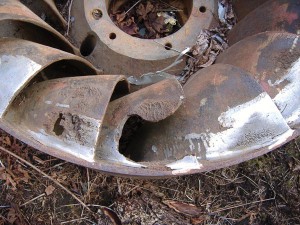This is an excerpt from the May/June 2012 issue of InTech magazine and written by Nikki Bishop of Emerson.
Selecting the right asset monitoring strategy is a balancing act between implementation cost and expected reliability. Reactive maintenance represents the most costly and least reliable maintenance program. For example, some essential assets may have a spare as part of a reactive maintenance program. A common practice is to run equipment to failure and then switch to the spare when needed. But it may not be possible to bring the spare online in time to avoid process disturbances or a shutdown. Even with the spare asset online, maintenance personnel are faced with repairing the failed asset. For equipment without a spare, shutdowns are necessary to repair failed assets. On average, repair cost for a failed asset is typically 50 percent higher than if the problem had been addressed prior to failure.
Alternatively, some sites employ a preventive maintenance program that calls for schedule-based asset servicing, whether maintenance is necessary or not. While this approach may offer greater reliability than a run-to-failure method, it has its own drawbacks. Valuable time and resources are wasted servicing assets that may not require repair. The personnel busy unnecessarily servicing assets could easily be doing other productive work instead. And if the assets being serviced do not have a spare, the process is unnecessarily disrupted, costing valuable production time.
Benefits of essential asset monitoring
Downtime of essential assets causes process slowdowns or shutdowns, which lead to lost production and, ultimately, decreased profit. An automated monitoring program reduces unplanned shutdowns or slowdowns, providing the highest reliability and lowest maintenance costs. Wireless technology, coupled with pre-engineered integrated solutions, breaks through cost barriers to provide an easy and cost-effective means of essential asset monitoring.
Online monitoring of essential assets:
- detects abnormal operation or imminent failure
- provides online information to predict and plan maintenance for normal wear and tear of assets
- provides operators with direct feedback when the process conditons are harmful to plant equipment
- delivers diagnostics, as well as equipment and process health alerts
- enables timely corrective actions to keep a facility online
Click here to read the full article at InTech magazine.




